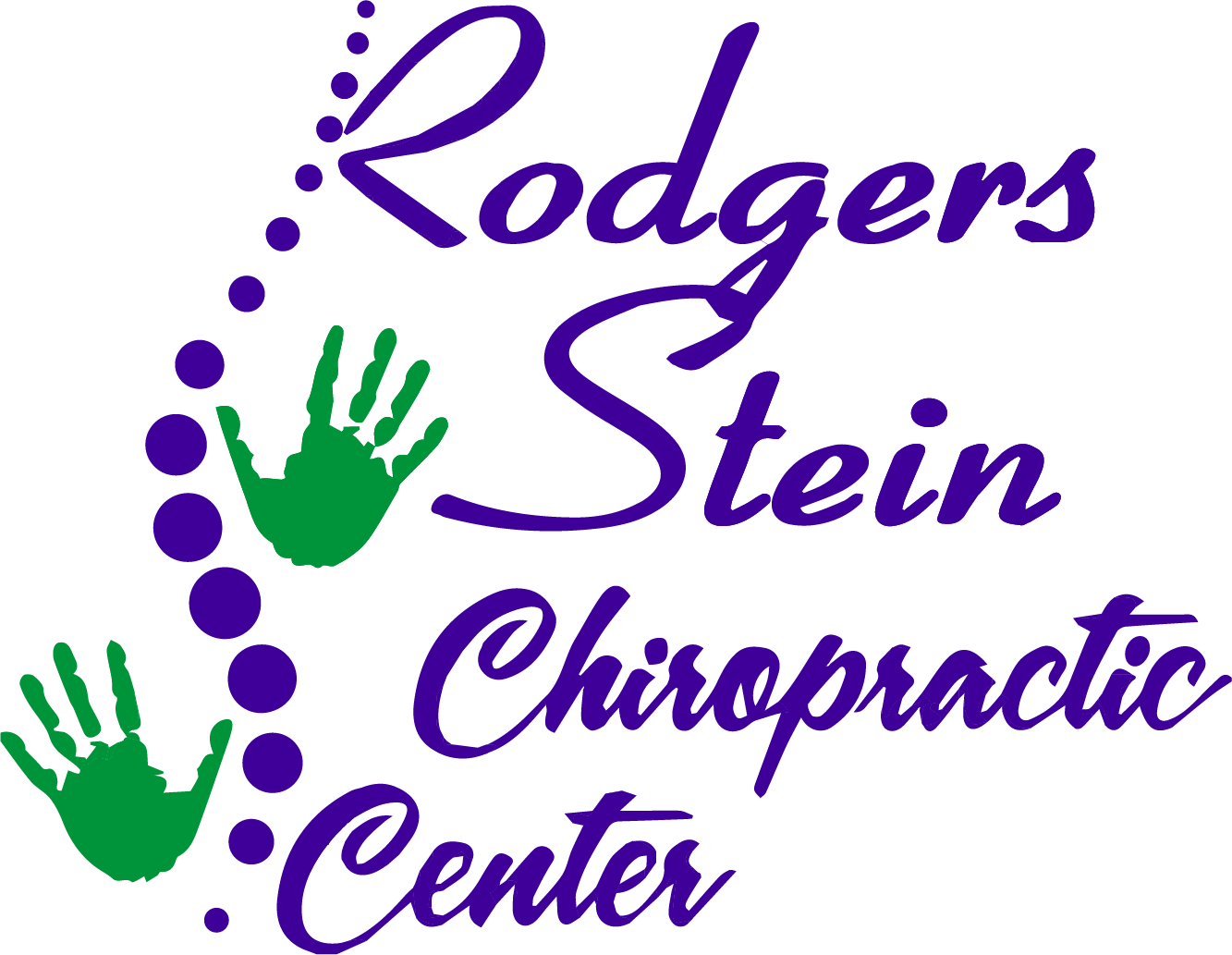When you're maneuvering through the complexities of ADHD care for your child in Conroe, it's essential to understand that effective management goes beyond just medication. You'll need to take into account a range of strategies, including behavioral therapy and educational support, to create a well-rounded approach. Local resources can play a pivotal role in this process, but knowing where to start can be overwhelming. What strategies have proven most effective for families in your community? As you explore the options, you might find some surprising insights that could change your perspective on ADHD care.
Understanding ADHD in Children
Understanding ADHD in children starts with recognizing its core symptoms: inattention, hyperactivity, and impulsivity. If you're a parent or caregiver, you've likely observed your child struggling to focus on tasks or sitting still for longer periods. It can be frustrating, but knowing these symptoms can help you identify whether your child might've ADHD.
Inattention manifests as difficulty in sustaining attention, following through on tasks, and organizing activities. You might notice your child frequently daydreaming or losing items necessary for schoolwork. It's not that they don't want to focus; their brains process information differently.
Hyperactivity often shows up as excessive movement or fidgeting. Your child may seem restless, always on the go, or unable to stay in one place. This can be challenging in structured environments, like classrooms, where stillness is expected.
Impulsivity can lead to your child acting without thinking, interrupting conversations, or making hasty decisions. This tendency can cause issues in social settings, making it hard for them to navigate friendships.
Diagnostic Process and Assessment
Identifying ADHD in children is just the beginning; the next step involves a thorough diagnostic process. You'll want to gather information from multiple sources to guarantee an accurate assessment. Start by discussing your observations with your child's pediatrician, who can provide valuable insights and guidance on the next steps.
A detailed evaluation typically includes standardized questionnaires and checklists filled out by you, your child's teachers, and possibly other caregivers. These tools help identify patterns of behavior across various settings, which is vital for an ADHD diagnosis.
The pediatrician might also conduct interviews and assessments to evaluate your child's cognitive abilities and social skills. In some cases, your child may be referred to a psychologist or psychiatrist for further testing. This assessment may include psychological testing, academic evaluations, and behavioral assessments.
These professionals can help rule out other conditions that might mimic ADHD symptoms, such as anxiety or learning disabilities. It's necessary to approach this process with an open mind and be prepared for potential follow-up appointments.
Remember, the goal is to gather as much relevant information as possible to understand your child's unique needs better. Effective communication with professionals and educators can greatly enhance the evaluation process.
Treatment Options Available
When it comes to treating ADHD in children, a variety of options are available to help manage symptoms and improve daily functioning. You'll find that treatment typically involves a combination of behavioral therapies, medication, and educational support. Each child is unique, so it's essential to tailor these options to fit their specific needs.
Behavioral therapy is often a first-line approach. This can include parent training programs that teach effective strategies for managing behavior and reinforcing positive actions. Techniques like cognitive behavioral therapy (CBT) can also help children develop better coping skills and improve their organization.
Medication is another widely used treatment. Stimulants, such as methylphenidate and amphetamines, are commonly prescribed and can greatly reduce hyperactivity and impulsivity. Non-stimulant medications, like atomoxetine, might be effective if your child doesn't respond well to stimulants or experiences side effects. Always consult with your healthcare provider to find the best medication and dosage for your child.
In addition to therapy and medication, educational support plays a significant role. Collaborating with teachers to create an Individualized Education Program (IEP) or a 504 Plan can provide the necessary accommodations to help your child thrive in school. This may include extra time on tests, modified assignments, or a quieter workspace.
Ultimately, combining these treatment options can lead to more effective management of ADHD symptoms, enhancing your child's ability to succeed both academically and socially.
Local Resources and Support
Finding local resources and support for children with ADHD can make a significant difference in their treatment journey. In Conroe, you're fortunate to have various organizations and services that cater to the unique needs of kids with ADHD. Tapping into these resources can provide your child with the tools they need to thrive.
Here are three valuable local resources to evaluate:
- Conroe ISD Special Education Services: The Conroe Independent School District offers specialized programs and accommodations for students with ADHD. They provide tailored educational plans that address your child's specific learning needs, ensuring they receive the support necessary to succeed academically.
- ADHD Support Groups: Joining a local support group can connect you with other parents facing similar challenges. These groups often share valuable insights, coping strategies, and emotional support. Look for meetings at local community centers or through online platforms that focus on ADHD.
- Therapists and Counselors: Many mental health professionals in Conroe specialize in ADHD treatment. Engaging with a therapist can help your child develop coping mechanisms, improve social skills, and manage anxiety. Research local practitioners who've experience with ADHD and schedule a consultation to find the right fit for your family.
Utilizing these local resources can empower both you and your child, providing much-needed support throughout the ADHD journey. Don't hesitate to reach out and explore the options available to you in Conroe.
Strategies for Effective Care
Leveraging local resources is just the first step in managing ADHD effectively. To create a supportive environment for your child, you'll want to implement strategies that promote focus and organization both at home and school.
Start by establishing a consistent daily routine. Children with ADHD flourish on structure, so set specific times for homework, meals, and bedtime. This predictability helps them feel secure and reduces anxiety.
Next, break tasks into smaller, manageable steps. When a project feels overwhelming, your child might struggle to get started. By dividing it into bite-sized pieces, you can make it more approachable and less intimidating. Use visual aids like charts or checklists to track progress and celebrate accomplishments, no matter how minor.
Incorporate regular physical activity into your child's day. Exercise can greatly improve concentration and mood. Encourage activities that your child enjoys, whether it's biking, swimming, or team sports.
Don't forget to communicate openly with teachers and caregivers. Share your child's strengths and challenges, and work together to develop strategies tailored to their needs. Regular feedback can help you adjust your approach as necessary.
Lastly, practice positive reinforcement. Reward your child for their efforts and achievements, reinforcing desired behaviors. This not only boosts their confidence but also encourages them to continue working for success.
Conclusion
In Conroe, effective pediatric care for kids with ADHD thrives on collaboration and community resources. By understanding the condition, engaging in thorough assessments, and exploring various treatment options, you can make a significant difference in your child's life. Take advantage of local support groups and educational services, and implement practical strategies at home. With the right approach, you can help your child navigate their challenges and release their full potential. Remember, you're not alone in this journey!



